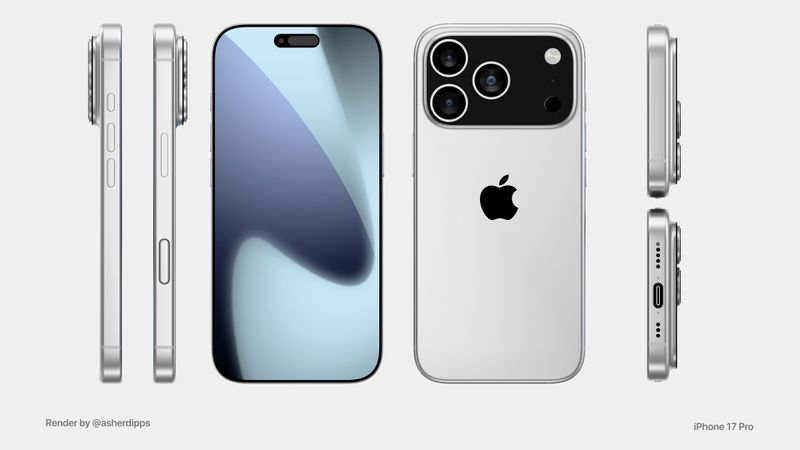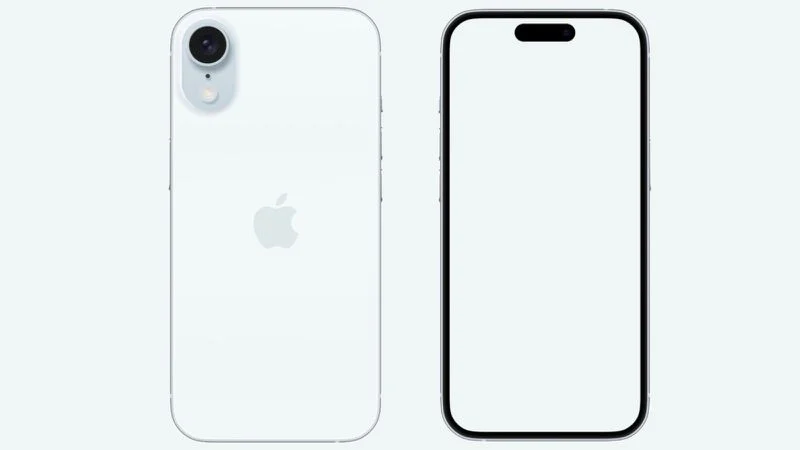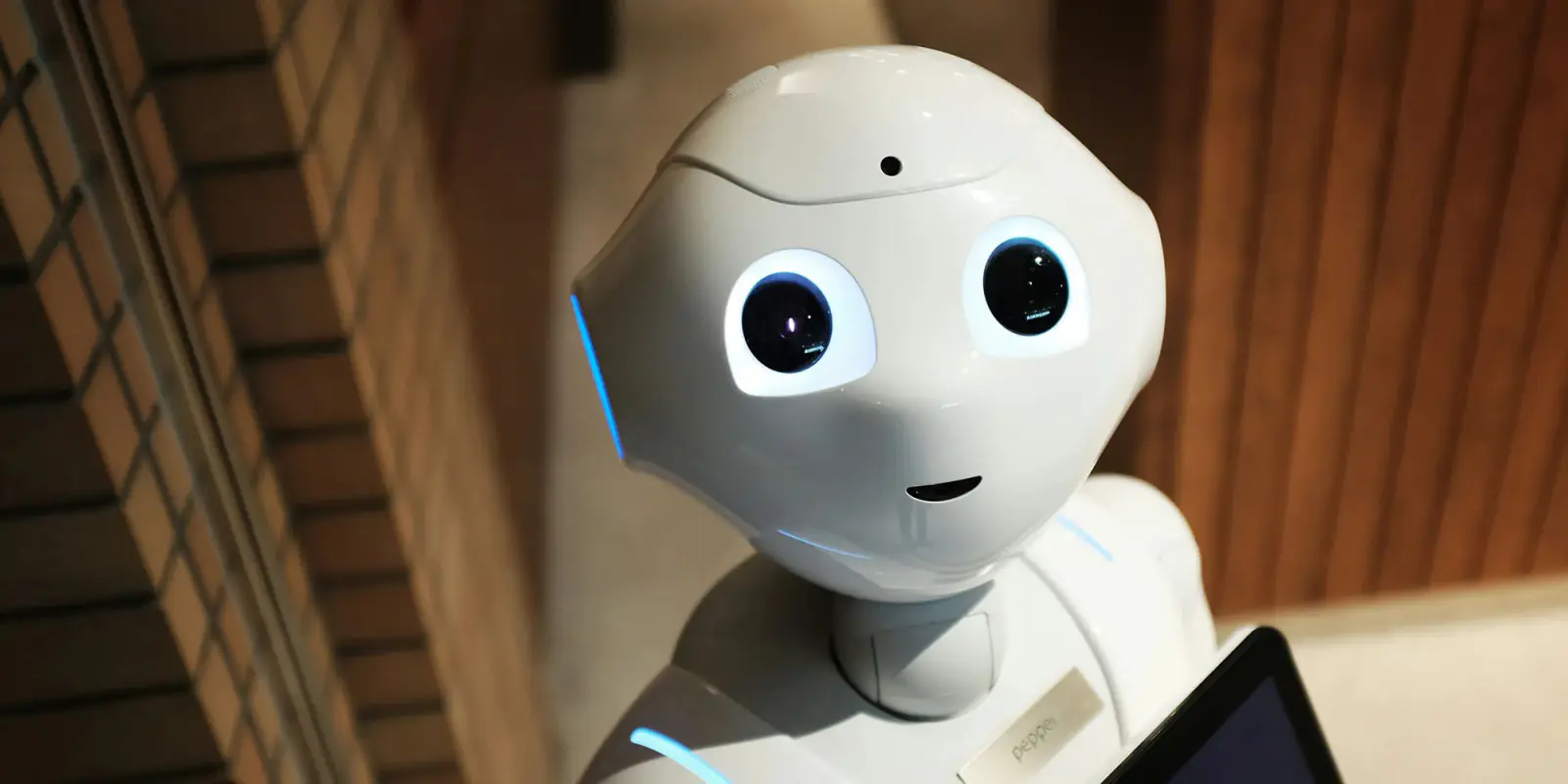Low Power Mode isn’t a new thing for iPhone users. It was first introduced with iOS 9 back in 2015. Now and then, I come across complaints online about new iPhones running slowly, and often, Low Power Mode is turned on. Let’s explore how this feature impacts your iPhone’s performance.
How Does Low Power Mode Work?
Low Power Mode is designed to help your iPhone last longer when you’re away from a charger. When you turn it on, it cuts down on power use by turning off or limiting various features.
iOS will suggest turning on Low Power Mode when your battery hits 20%, but you can switch it on anytime you want.
Here’s what Apple says about it:
Low Power Mode helps your iPhone or iPad when the battery is low. It makes the battery last longer before you need to charge it, but some things might work slower or not update as quickly. Some tasks might not work until you turn off Low Power Mode or charge to 80% or more.
You can see if Low Power Mode is active by checking if the battery icon in your Status Bar is yellow.
What Changes When Low Power Mode is On?
Apple has a list on its site detailing what changes:
- Turns off or limits 5G use
- Sets Auto-Lock to 30 seconds
- Reduces screen brightness and limits refresh rate to 60Hz on ProMotion devices
- Turns off Always-On Display for supported iPhones
- Reduces visual effects
- Stops background activities like downloads, iCloud syncing, backups, and email fetching
Does It Slow Down Your iPhone?
Yes, it does. Although not officially stated by Apple, Low Power Mode also reduces your iPhone’s speed. Your iPhone’s chip has performance and efficiency cores. Normally, it uses all cores, favoring performance cores for heavy tasks. But in Low Power Mode, it mostly uses the slower efficiency cores to save energy.
For example, in a benchmark test with Low Power Mode off, the iPhone 16 Pro Max’s A18 Pro chip scored:
- Single-core: 3341
- Multi-core: 8270
With Low Power Mode on, the scores drop significantly:
- Single-core: 1384
- Multi-core: 4093
This shows that your iPhone might run at about half speed with this mode active.
Conclusion
While Low Power Mode can extend your battery life, especially when your phone is idle, it’s less effective during active use. It’s best to use Low Power Mode only when necessary. Remember, this feature is also available on iPads, Macs, and Apple Watches.







